Equipment
GolfWRX Deep Dive: The new Bridgestone Tour B golf ball

Bridgestone released the latest iteration of its Tour B golf ball in late January. While its autonomous ball fitting robot (OTTO) grabbed quite a few headlines at launch, we’ve seen consistent chatter about the Tour B lineup in the GolfWRX forums, and Jason Day signed on to play the company’s Tour B X.
Endeavoring to go beyond the standard launch release talking points (read all of those in our launch piece here), we wanted to dive deep on the Tour B lineup to answer the questions in GolfWRXers’ minds and get more nuanced information on the development of the Tour B — and, of course, Tiger Woods’ role in its development.
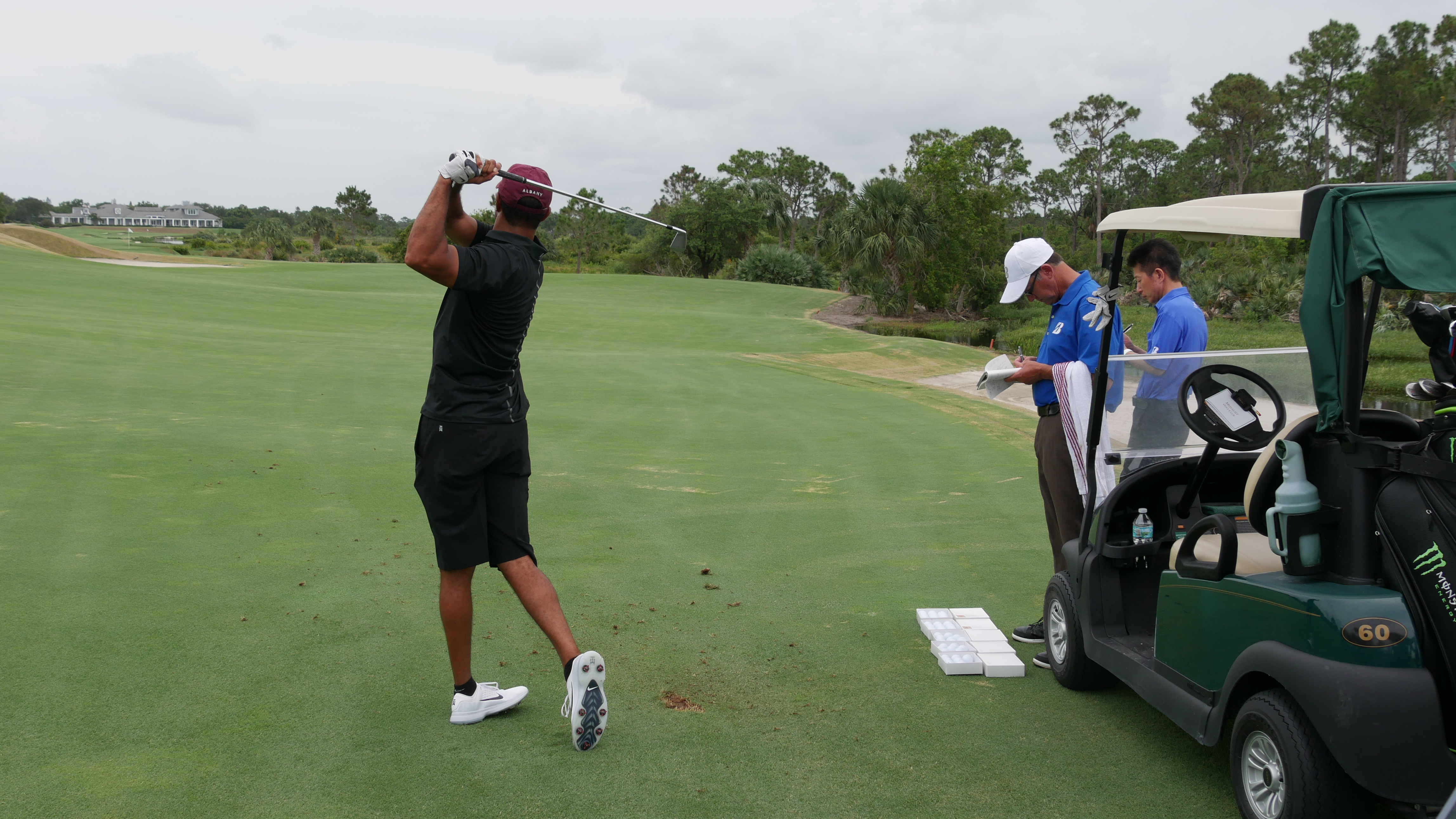
Tiger Woods testing Bridgestone Tour B prototypes. (c/o Bridgestone)
Fortunately, Bridgestone’s Golf Ball Marketing Manager, Elliot Mellow, was willing to answer all our questions. Check out our conversation below.
GolfWRX: Four Tour B golf balls. Can you succinctly break down the Tour B lineup?
Elliot Mellow: Ball fitting is at the heart of what we do at Bridgestone, with that in mind each of the four Tour B golf balls are designed for a specific player profile. For the faster swingers, over 105 mph driver swing speed, we have the Tour B X, which is a distance oriented golf ball, and we have the Tour B XS which is designed for added short game control. Looking at players that swing under 105 mph, we have the RX for distance and the RXS for more spin with irons and wedges.
GolfWRX: Let’s dig a bit deeper. What’s the simplest way to explain and understand the Reactiv IQ cover?
EM: We are part of Bridgestone tire and rubber, which is the largest producer of consumer rubber products in the world. The golf ball is made out of rubber, and we are always looking for ways to push the envelope from a design standpoint and we have a great network on engineers that we bounce ideas off of.
We are a few years in now on our study of contact science. Contact science is all about optimizing the moment of impact for the unique needs of each shot. In the past it was difficult to decouple the relationship of distance and spin, for example, you could make a long golf ball but at the detriment of short game control or vice versa.
What we have done with Reactiv iQ is we have added impact modifiers to the cover that allow us to create a cover formulation that is optimized for each of the four Tour B models. The impact modifiers allow the cover to firm up and become faster when struck violently with a driver. On the flip side of that, on a softer impact with an iron or a wedge, the ball has more dwell time, or as Tiger says: “more face time,” so the loft and groves of the club can impart more spin and control.
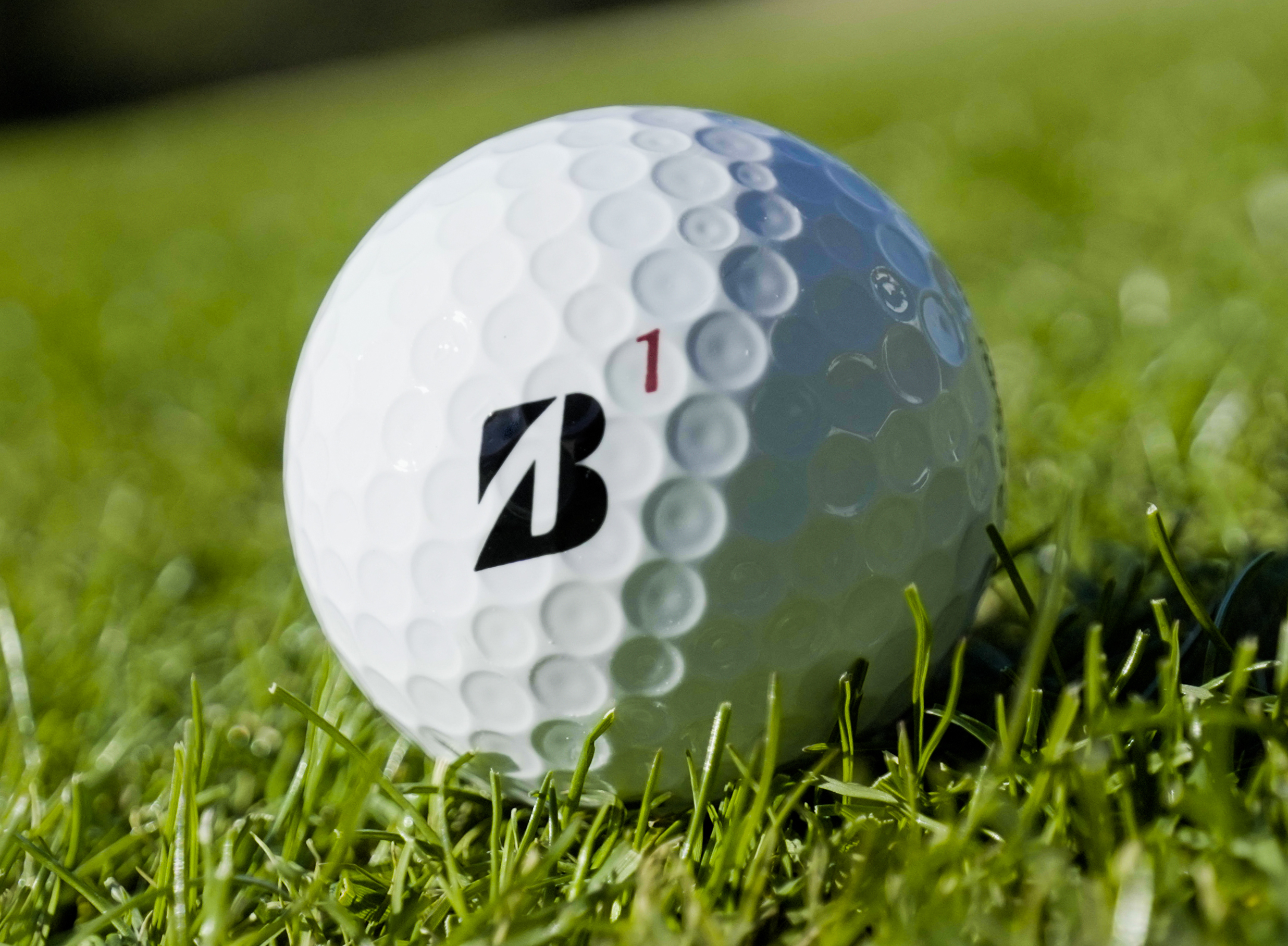
GolfWRX: What was the testing and development like?
EM: Yes, that’s a good question, and honestly the answer might surprise you in terms of the amount of time it takes. Take for example the 330 Dual Dimple pattern that is on Tiger’s Tour B XS, that dimple took about 8 years of R&D alone to design; perfect the drag coefficient and the lift and trajectory. There was a lot that went into that dimple design between computer modeling, robot testing, and player testing.
You look at the Reactiv iQ cover, for example, and really the design process started back in the summer of 2016. In the early phases, we make prototype balls in the sample lab and robot test them under a wide range of conditions. As the prototypes reach a phase where we feel they are potentially viable, we start to introduce player testing. Player testing can include our pro players but also includes amateur golfers who we invite to our testing facility in Covington, Georgia.
At any given time we are testing and developing technologies that you might see in the market in just a few months and others are more long term projects that might be up to 10 years out. Innovation is in our blood, so we are constantly striving to improve.

GolfWRX: We have to ask: What is the process of working with Tiger Woods like? His ball testing and the insights he offers engineers have to be unique…
EM: As you might imagine, Tiger is meticulous when it comes to testing, but at the same time it’s something I think he enjoys. The same way players work on their swing and fitness, they also work on their equipment, and obviously Tiger wants to have a hand in helping to design that equipment.
Having said that, we really enjoy testing with Tiger because the level of feedback he provides to us is above and beyond what we are able to capture with our robots and launch monitors. The other thing we like about testing with Tiger is his feedback ultimately goes into designing many of our balls even though he only plays the Tour B XS. What I mean by that is he might hit a shot that launches outside of his window or has a different spin rate than he prefers, but he is still proving us feedback that we ultimately can apply to other prototypes to improve balls like the RXS and RX.
At the end of the day, in our experience working with Tiger, he wants a ball that is long, in his window when he looks up, and gives him great control around the green.
GolfWRX: Pivoting to something more technical — and a question I know GolfWRXers have — How does the spin separation between driver and wedge work?
EM: Spin separation is an area that we have really been focusing on and the Reactiv iQ material really lets us take it to the next level. Spin separation is the design concept of designing a ball that has low driver spin and is efficient off the tee while on the other hand offers higher spin around the green for more control.
With traditional dimples it can be difficult to decouple this relationship and have success off the tee and around the green. Sure, things like the mantle layer that have tangential force to counteract driver spin can help with spin separation, but the design flexibility of the Reactiv iQ material is really next level. Think about a football helmet as an example, when you put the helmet on the padding is soft and squishy, then when you take a hit the padding firms up and pushes back against the force that is hitting you. With Reactiv iQ, essentially this same phenomenon is happening; around the green the material is soft and super high spin, yet when hit violently with a driver it becomes fast and efficient for maximum distance.
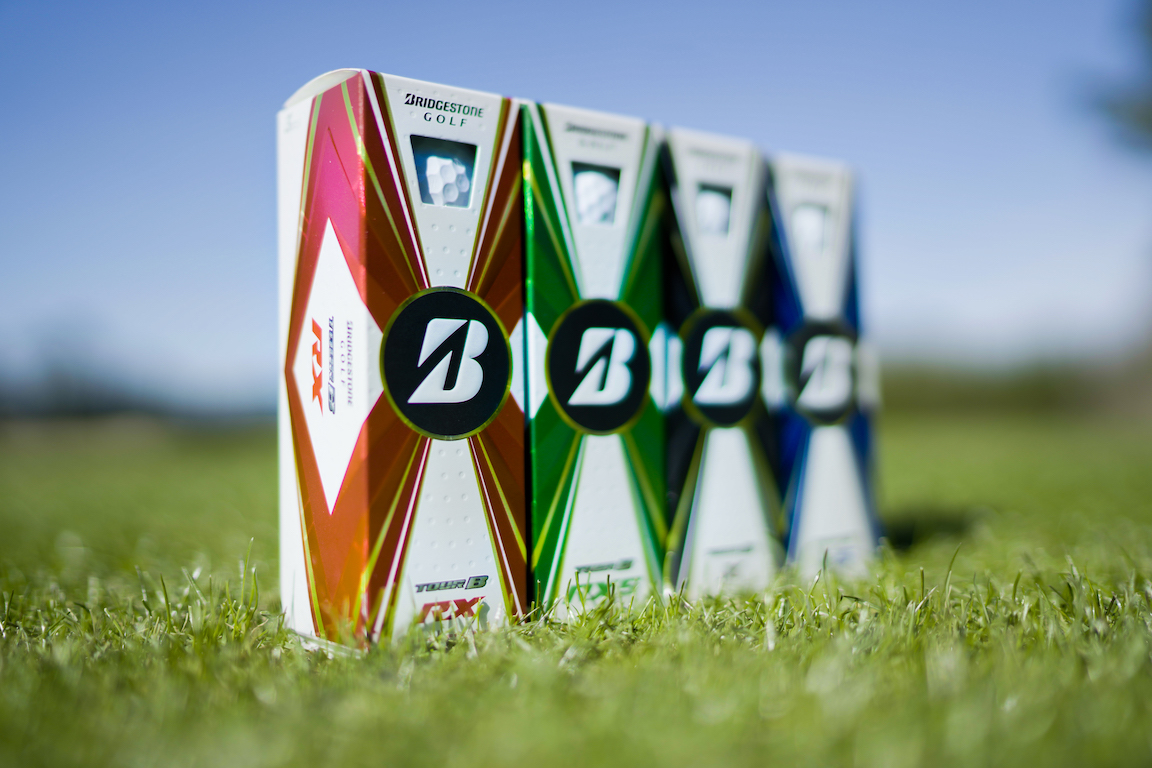
GolfWRX: Can you drill down on the spin difference between Tour B X and XS, specifically?
EM: So, the Tour B XS is the ball that Tiger helped us design and it is super high spin around the greens. Tiger grew up playing spinny golf balls and knows how to manage the spin and how to dial back as needed. The Tour B X on the other hand has a slightly firmer cover formulation, designed for lower spin on all shots — but don’t get me wrong the X still has plenty of short game control and it is our number one model played on Tour.
GolfWRX: One final note here — and something that often gets overlooked in the golf ball space — you’re big believers in ball fitting. Can you provide any cautionary tales about playing the wrong ball?
EM: Playing the best ball for your game is crucial to success on the golf course. Every golf ball on the market is designed with unique performance characteristics that can work to your advantage and also work against you if used improperly. Take for example someone who is directionally challenged — someone who slices the ball. If that player is using a high spin pro ball that is designed to be worked off the tee, that ball can actually end up accentuating their slice and making the ball fly even more off line. I’m not saying it’s a bad ball, it maybe just isn’t one that is suited for a player that tends to have high side spin.
What we find time and again is that most amateur players can benefit from a lower compression ball such as our RX or RXS. The lower compression balls are easier to compress, which should lead to higher ball velocity, higher launch, and lower spin off the tee; all of which should help create longer and straighter drives. I tell people all the time, if you have more energy going straight down the fairway and less energy going right into the trees, it’s ultimately going to produce longer drives.
GolfWRX: How should the average player determine the best golf ball for them?
EM: This is a question we get frequently and I am glad folks are interested enough to be asking about it. When you break down your bag and really think about it, the golf ball is the once piece of equipment that you use on every shot, so making sure you’re playing one that fits you is important. To date, we have over 2.5 million amateur swings in our database and are the No. 1 ball fitter in golf. So, what we have done is we have taken all of that swing data and designed a tool on bridgestonegolf.com that allows golfers to easily find their fit. There are two ways to do it actually. The easiest way is to answer a series of questions about your game and ball flight, and on the back end our tool is cross referencing the database to determine which ball fits you. For golfers that are a little bit more into the data and maybe fresh off a recent driver fitting, we have another option to get fit by inputting your launch monitor numbers. Both options for fitting are great ways to quickly and easily find your fit.
- LIKE28
- LEGIT5
- WOW3
- LOL0
- IDHT1
- FLOP0
- OB0
- SHANK1
Whats in the Bag
WITB Time Machine: Danny Willett’s winning WITB, 2016 Masters
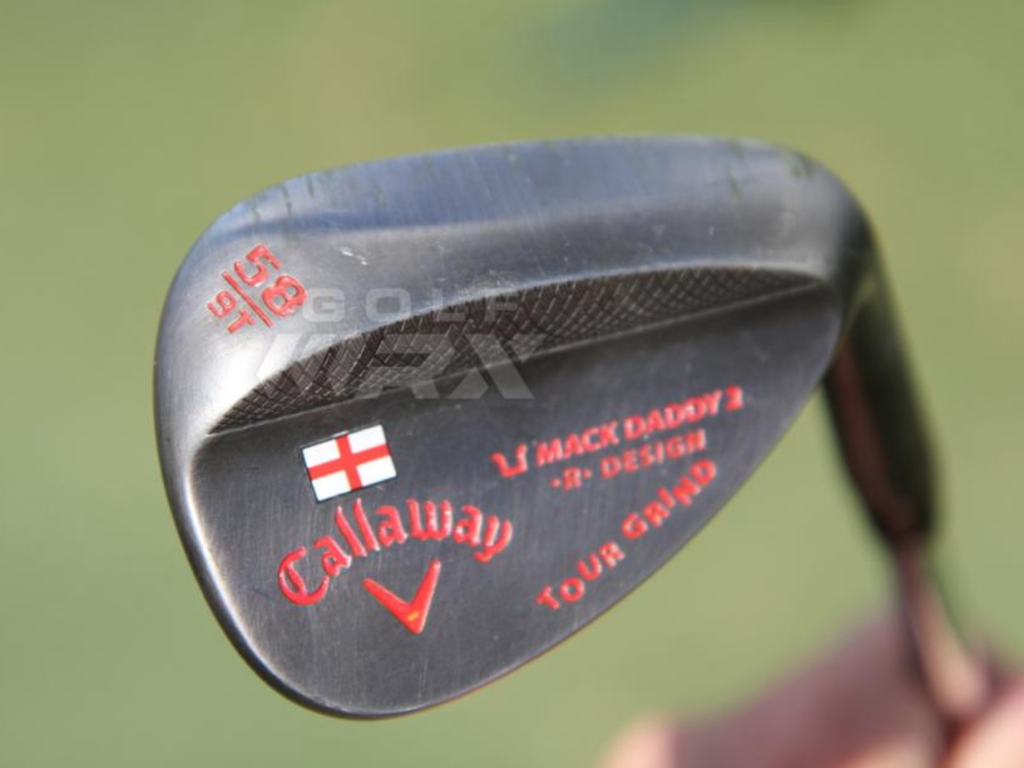
Driver: Callaway XR 16 (9 degrees)
Shaft: Mitsubishi Rayon Diamana W-Series 60 X
Length: 45.5 inches
3-wood: Callaway XR 16 (15 degrees)
Shaft: Mitsubishi Rayon Diamana W-Series 70X
5-wood: Callaway XR 16 (19 degrees)
Shaft: Mitsubishi Rayon Diamana W-Series 80X
Irons: Callaway Apex UT (2, 4), Callaway Apex Pro (5-9)
Shaft: True Temper Dynamic Gold X100 Superlite
Wedges: Callaway Mack Daddy 2 (47-11 S-Grind) Callaway Mack Daddy 2 Tour Grind (54-11, 58-9)
Shaft: True Temper Dynamic Gold X100 Superlite
Putter: Odyssey Versa #1 Wide (WBW)
Lie angle: 71 degrees
Ball: Callaway Speed Regime SR-3
Check out more photos of Willett’s equipment from 2016 here.
- LIKE5
- LEGIT0
- WOW1
- LOL0
- IDHT0
- FLOP0
- OB0
- SHANK0
Equipment
Project X Denali Blue, Black shaft Review – Club Junkie Review
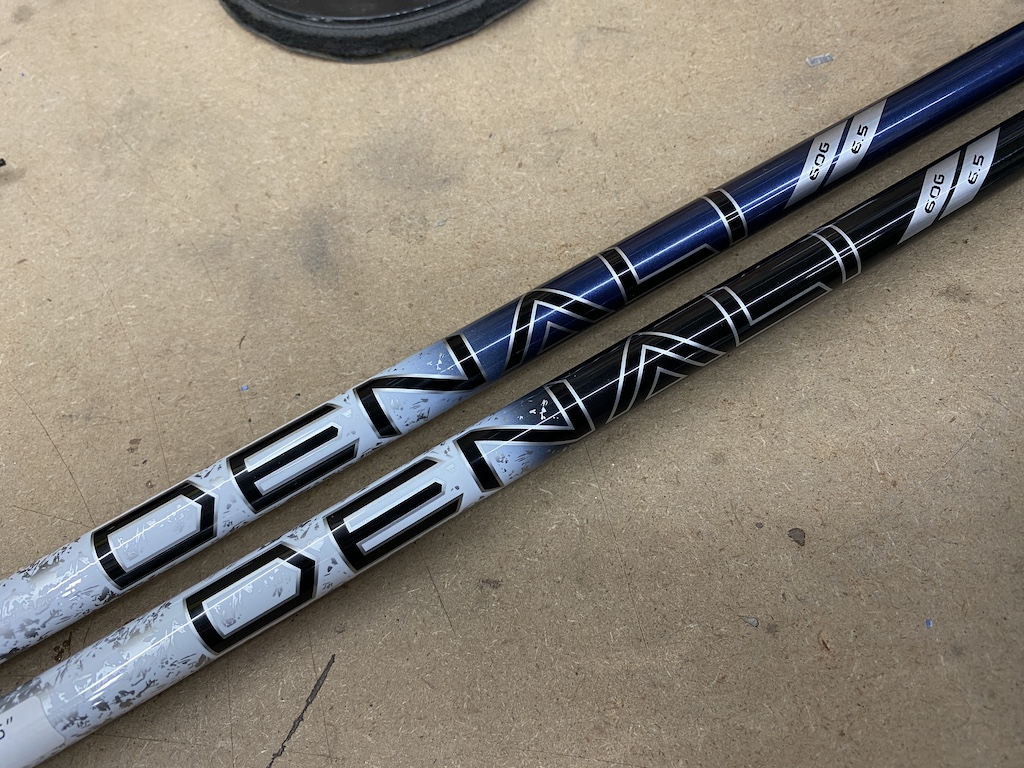
Originally, Project X was known for low-spin steel iron shafts. However, the company might now be known for wood shafts. Denali is the newest line of graphite shafts from Project X. With the Denali line, the company focuses on feel as well as performance.
There are two profiles in the Denali line, Blue and Black, to fit different launch windows. Denali Blue is the mid-launch and mid-spin profile for players who are looking for a little added launch and Denali Black is designed for low-launch and low-spin. Both models are going to offer you a smooth feel and accuracy.
For a full in-depth review check out the Club Junkie podcast on all podcast streaming platforms and on YouTube.
Project X Denali Blue
I typically fit better into mid-launch shafts, as I don’t hit a very high ball so the Denali Blue was the model I was more excited to try. Out of the box, the shaft looks great and from a distance, it is almost hard to tell the dark blue from the Denali Black. With a logo down install of the shaft, you don’t have anything to distract your eyes, just a clean look with the transition from the white and silver handle section to the dark navy mid and tip.
Out on the course, the Blue offers a very smooth feel that gives you a good kick at impact. The shaft loads easily and you can feel the slightly softer handle section compared to the HZRDUS lineup. This gives the shaft a really good feel of it loading on the transition to the downswing, and as your hands get to impact, the Denali Blue keeps going for a nice, strong kick.
Denali Blue is easy to square up at impact and even turn over to hit it straight or just little draws and most of the flex of the shaft feels like it happens right around where the paint changes from silver to blue. The Blue launches easily and produces what I consider a true mid-flight with the driver. While it is listed as mid-spin, I never noticed any type of rise in my drives. Drives that I didn’t hit perfectly were met with good stability and a ball that stayed online well.
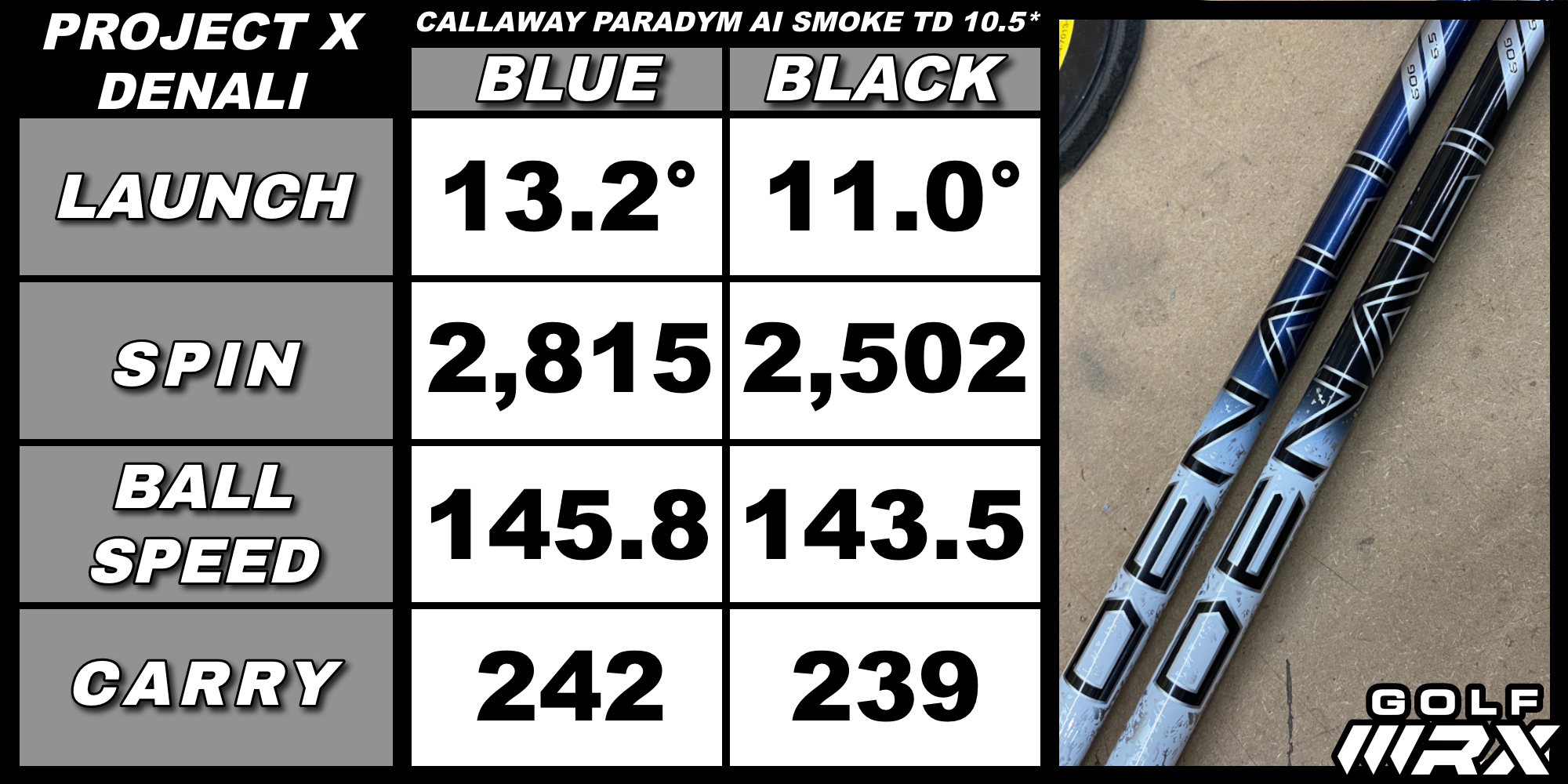
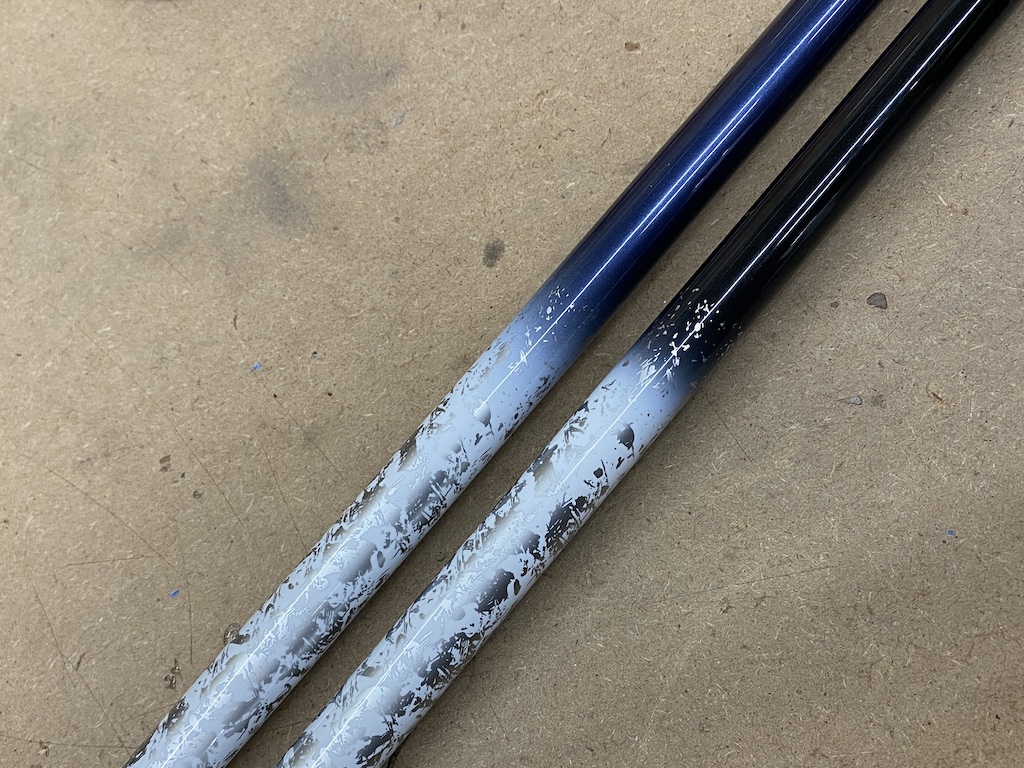
Project X Denali Black
When you hold the Denali Black in your hands you can tell it is a more stout shaft compared to its Blue sibling by just trying to bend it. While the handle feels close to the Blue in terms of stiffness, you can tell the tip is much stiffer when you swing it.
Denali Black definitely takes a little more power to load it but the shaft is still smooth and doesn’t give you any harsh vibrations. Where the Blue kicks hard at impact, the Black holds on a little and feels like keeps you in control even on swings that you try and put a little extra effort into. The stiff tip section also makes it a little harder to square up at impact and for some players could take away a little of the draw from their shot.
Launch is lower and more penetrating compared to the Blue and produces a boring, flat trajectory. Shots into the wind don’t rise or spin up, proving that the spin stays down. Like its mid-launch sibling, the Black is very stable and mishits and keeps the ball on a straighter line. Shots low off the face don’t get very high up in the air, but the low spin properties get the ball out there farther than you would expect. For being such a stout shaft, the feel is very good, and the Denali Black does keep harsh vibrations from your hands.
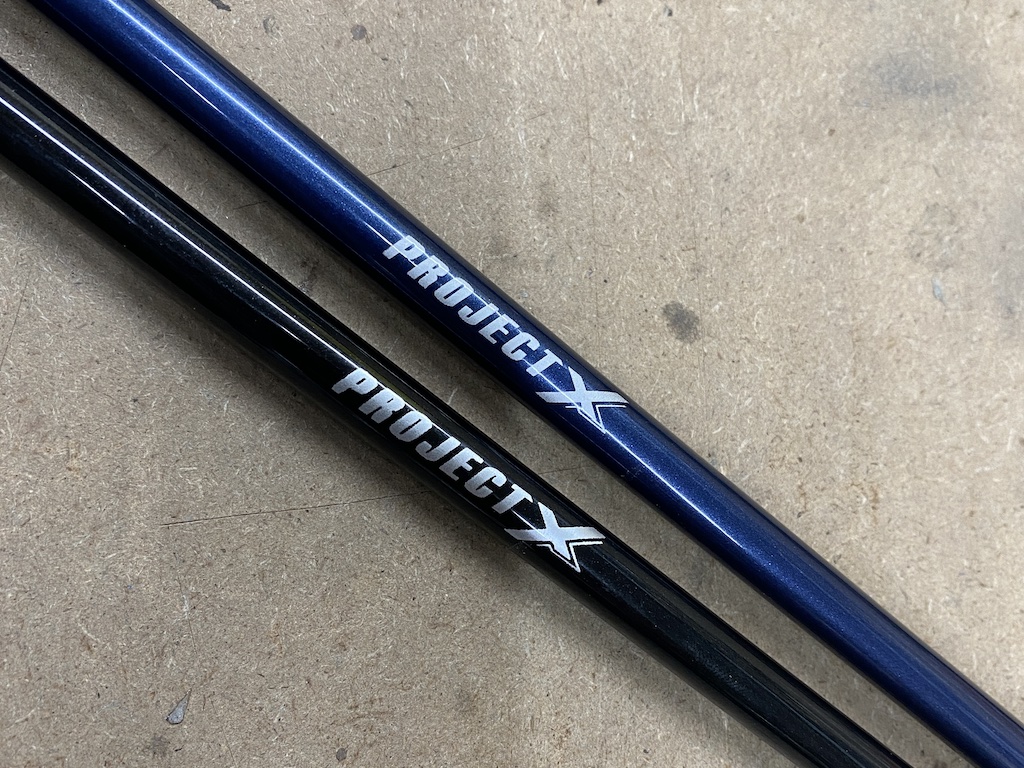
Overall the Project X Denali Blue and Black are great additions to the line of popular wood shafts. If you are looking for good feel and solid performance the Denali line is worth trying out with your swing. Choose Blue for mid-launch and mid-spin or Black for lower launch and low spin.
- LIKE4
- LEGIT4
- WOW2
- LOL0
- IDHT0
- FLOP0
- OB0
- SHANK0
Equipment
What we know about Bryson DeChambeau’s 3D-printed Avoda irons
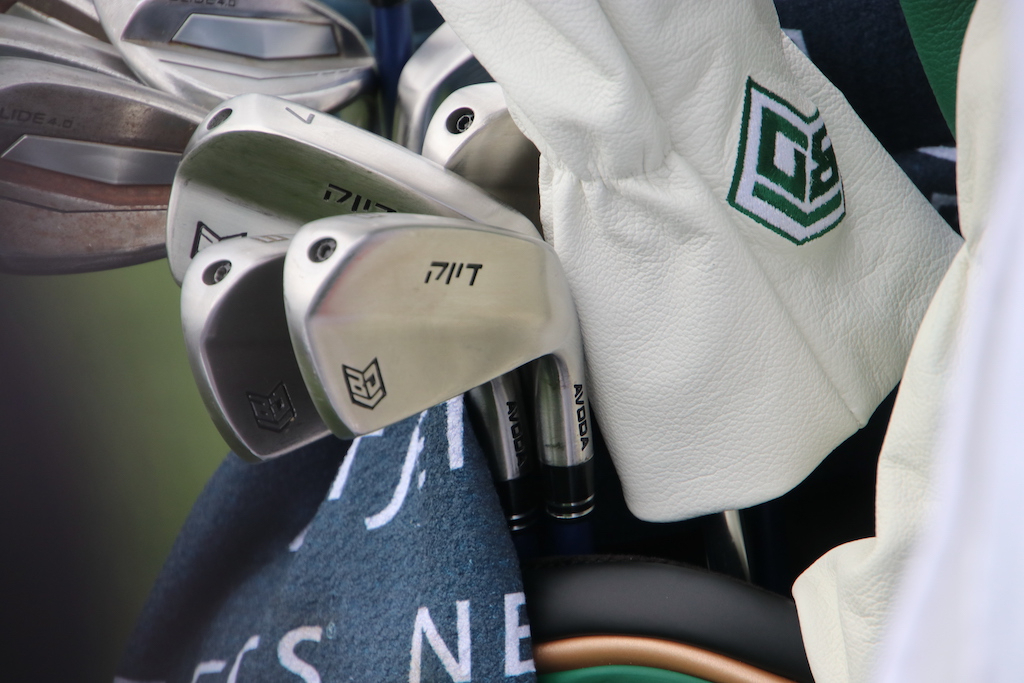
Bryson DeChambeau fired an opening-round 7-under 65 at Augusta National, hitting an impressive 15 of 18 greens in regulation in the process. Golf’s mad scientist’s play grabbed headlines and so too did his equipment. In place of the Ping i230 irons he had in the bag last week for LIV Golf’s Miami event, DeChambeau is gaming a prototype 5-PW set of irons from little-known direct-to-consumer manufacturer Avoda.
What is Avoda Golf?
Founded by Tom Bailey, also a Mike Schy student like Bryson DeChambeau, Avoda Golf is a direct-to-consumer golf equipment company that currently manufactures both single and variable-length irons in one model that are available for pre-order.
What irons is Bryson DeChambeau playing?
Per multiple reports, DeChambeau is playing a custom-designed set of single-length irons that incorporate bulge and roll into the face design. The two-piece 3D-printed irons were reportedly only approved for play by the USGA this week, according to Golfweek’s Adam Schupak.
Regarding the irons, DeChambeau told Golf Channel the irons’ performance on mishits was the determining factor in putting them in play this week. “When I mishit on the toe or the heel,” DeChambeau said. “It seems to fly a lot straighter for me and that’s what has allowed me to be more comfortable over the ball.”
What can we tell about the design of the clubs?
These days, it is a little hard to speculate on what is under the hood with so many hollow body irons. DeChambeau’s irons look to be hollow on the lower section as they do flare back a decent amount. That “muscle” on the back also looks to be fairly low on the iron head, but we can assume that is progressive through the set, moving up higher in the short irons.
A screw out on the toe is probably used to seal up the hollow cavity and used as a weight to dial in the swing weight of the club. From pictures, it is hard to tell but the sole looks to have a little curve from heel to toe while also having some sharper angles on them. A more boxy and sharper toe section looks to be the design that suits Bryson’s eye based on the irons he has gravitated toward recently.
What are bulge and roll, again?
Two types of curvature in a club face, traditionally incorporated only in wood design. Bulge is heel-toe curvature. Roll is crown-sole curvature. Both design elements are designed to mitigate gear effect on off-center strikes and produce shots that finish closer to the intended target line. (GolfTec has an excellent overview of bulge and roll with some handy GIFs for the visual learner)
What else is in DeChambeau’s bag?
Accompanying his traditional Sik putter, Bryson builds his set with a Ping Glide 4.0 wedges, a Krank Formula Fire driver and 5-wood, and a TaylorMade BRNR Mini Driver, all with LA Golf graphite shafts.
- LIKE118
- LEGIT39
- WOW31
- LOL17
- IDHT9
- FLOP9
- OB10
- SHANK24
-

 19th Hole4 days ago
19th Hole4 days agoDave Portnoy places monstrous outright bet for the 2024 Masters
-

 19th Hole3 weeks ago
19th Hole3 weeks agoJohn Daly stuns fans into silence with brutal opening tee shot on PGA Tour Champions
-

 19th Hole2 weeks ago
19th Hole2 weeks agoThings got heated at the Houston Open between Tony Finau and Alejandro Tosti. Here’s why
-

 19th Hole5 days ago
19th Hole5 days agoTiger Woods arrives at 2024 Masters equipped with a putter that may surprise you
-

 19th Hole1 week ago
19th Hole1 week agoReport: Tiger Woods has ‘eliminated sex’ in preparation for the 2024 Masters
-

 19th Hole3 weeks ago
19th Hole3 weeks agoCharlie Woods finds it tough going on American Junior Golf Association debut
-

 19th Hole2 weeks ago
19th Hole2 weeks agoAddiction, spinal fusion, and scam artists – Everything Anthony Kim revealed in candid interview with David Feherty
-

 19th Hole1 week ago
19th Hole1 week agoAnthony Kim says doctors told him that he ‘may not have much time left’ ahead of LIV return



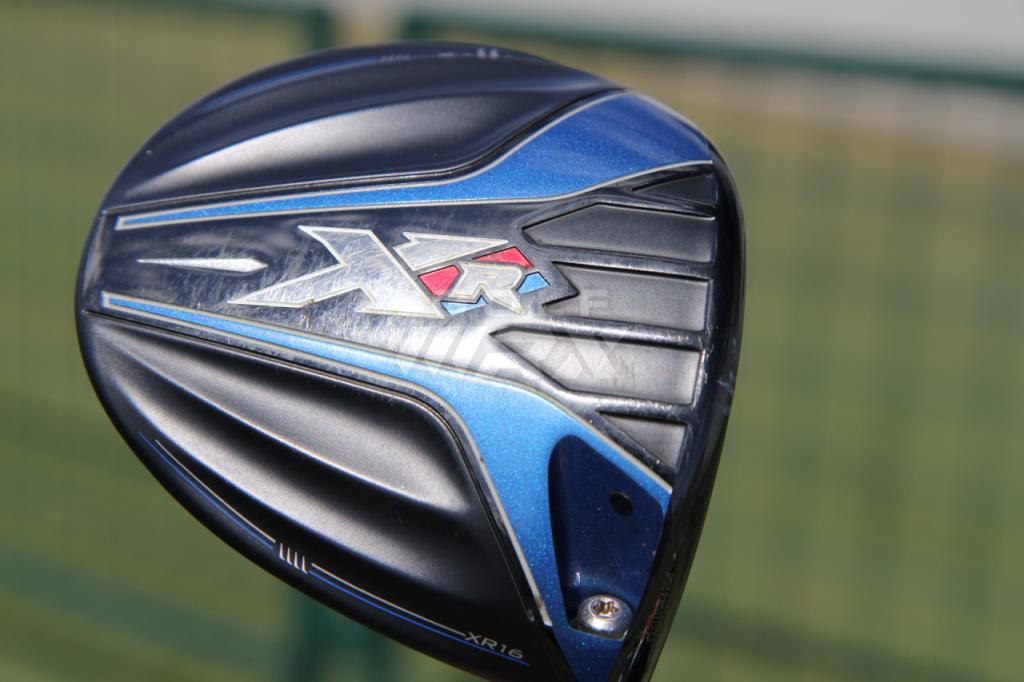
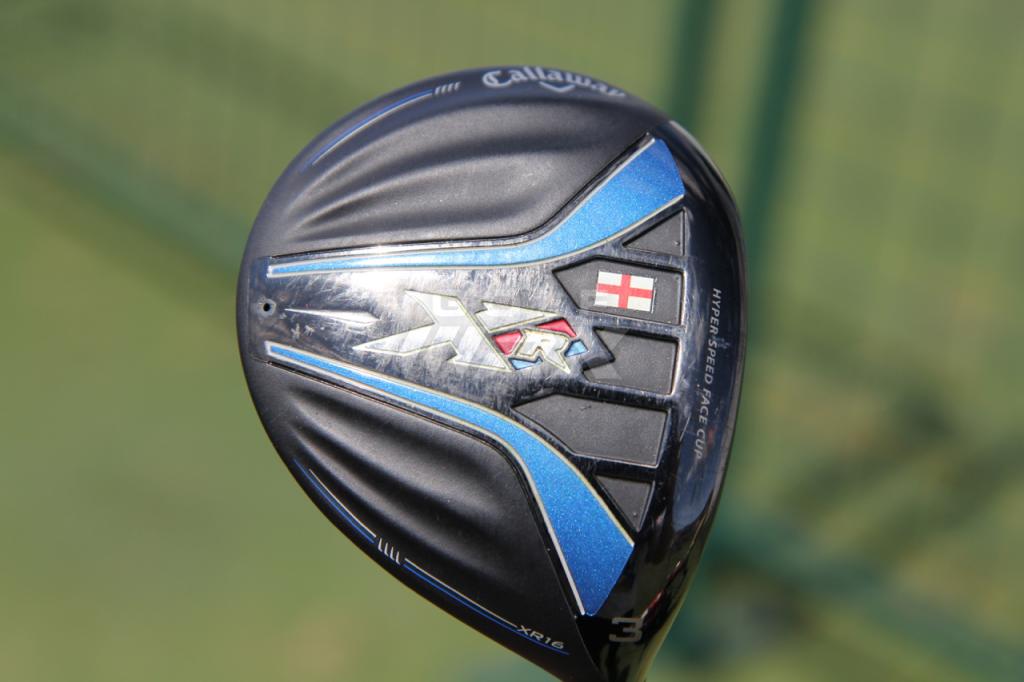

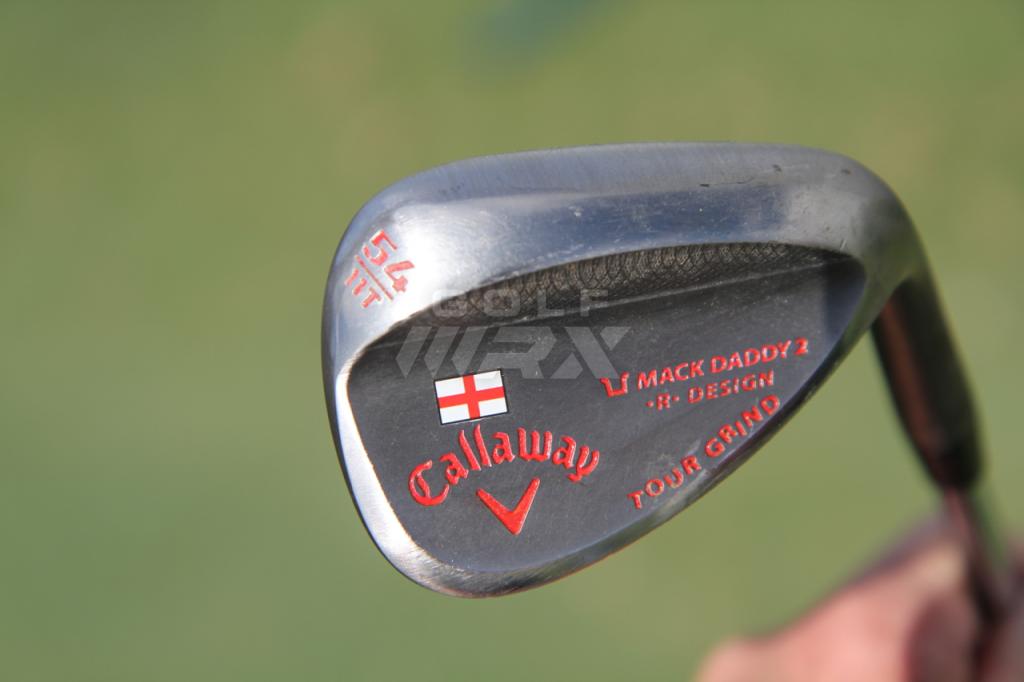
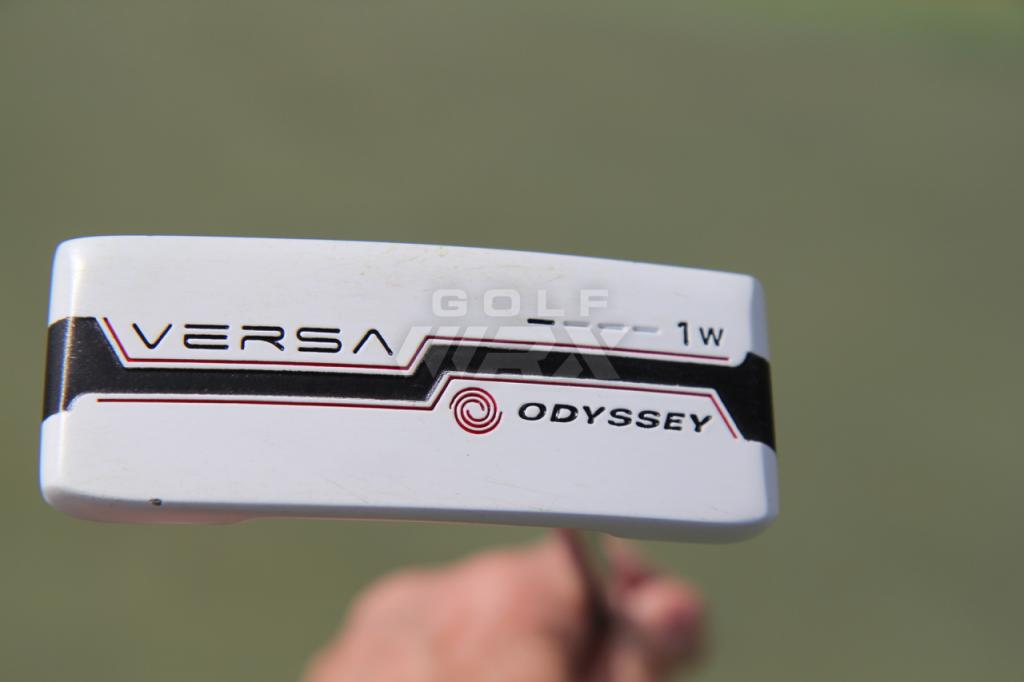














Pingback: Bridgestone launches new Augmented Reality web app: Bridgestone Golf Experience – GolfWRX